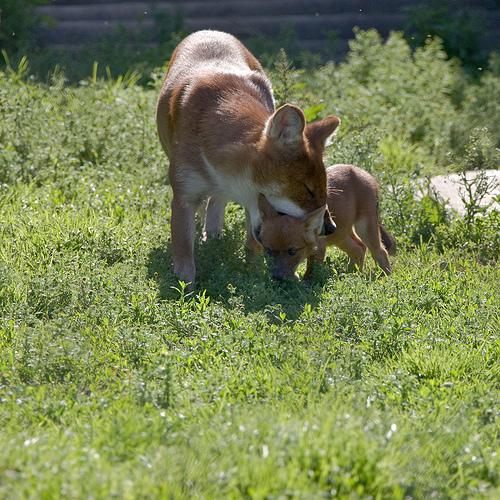About Stbernard
The St. Bernard, a breed synonymous with rescue and gentle giant status, is a truly remarkable dog. Originally bred for mountain rescue in the treacherous Swiss Alps, these dogs possess a unique combination of strength, intelligence, and unwavering loyalty. While their size might be intimidating, their sweet nature and dedication to their families make them cherished companions.
History and Origin
The story of the St. Bernard is inextricably linked to the Great St. Bernard Pass, a dangerous and snow-swept route through the Swiss Alps. Around the mid-17th century, monks at the hospice established on the pass began using these large dogs to assist in rescuing travelers who were lost or injured in the harsh conditions. The dogs, descendants of ancient mastiff-type breeds, were valued for their exceptional sense of smell, their ability to navigate through deep snow, and their inherent instinct to locate and assist those in need. These early St. Bernards were instrumental in saving countless lives, earning them a legendary reputation and a place in history. Over time, selective breeding refined the breed's characteristics, solidifying the St. Bernard as the iconic rescue dog we know today.
Physical Characteristics
St. Bernards are undeniably imposing, classified as a medium breed. They boast a powerful and muscular build, reflecting their history as working dogs. A typical St. Bernard has a life span of 8-11 years. Their double coat, designed to withstand harsh alpine conditions, comes in two varieties: smooth and rough. Both coat types are dense and require regular grooming. The coat length is long. Common colors include white with red patches, red with white patches, or brindle with white markings. Males typically stand taller and weigh more than females, showcasing their impressive stature.
Temperament and Personality
Despite their size, St. Bernards are known for their gentle and patient nature. They are often described as good with children (3/5), displaying a tolerant and protective attitude towards them. However, due to their large size, supervision is always recommended, especially with very young children. While generally good-natured, St. Bernards can be less tolerant of other dogs (1/5), particularly those of the same sex, so early socialization is crucial. Their energy level is quite low, rated as 1/5, enjoying leisurely walks and relaxing with their families. They are intelligent and eager to please, making them relatively trainable (5/5).
Training and Exercise Needs
While not requiring excessive exercise, St. Bernards still need regular activity to maintain a healthy weight and prevent boredom. Daily walks are essential, but avoid strenuous activity, especially during hot weather, as they are prone to overheating. Training should be consistent and positive, focusing on basic obedience commands. Their intelligence makes them receptive to learning, but their independent nature may require patience and persistence. Early socialization is vital to ensure they are well-adjusted and comfortable around other dogs and people.
Health and Care
St. Bernards, like all large breeds, are prone to certain health conditions. Hip and elbow dysplasia are common concerns, as is bloat (gastric torsion), a life-threatening condition that requires immediate veterinary attention. They also tend to drool (4/5) considerably. Regular veterinary checkups are essential for early detection and management of potential health issues. Their thick double coat requires regular grooming (3/5) to prevent matting and shedding. The shedding level is 1/5. Regular brushing, especially during shedding season, will help keep their coat healthy and minimize hair around the house.
Is This Breed Right For You?
The St. Bernard can be a wonderful addition to the right home. However, it's essential to consider their specific needs before bringing one into your family. Their large size requires ample space, and their potential health issues can be costly. Their tendency to drool and shed may not be suitable for those with meticulous housekeeping standards. But for those who appreciate a loyal, gentle, and devoted companion, and are prepared to meet their unique needs, the St. Bernard can be a truly rewarding breed.
Temperament
Basic Information
- Size Medium
- Life Span 8-11 years
- Coat Type Double
- Coat Length Long
Characteristics
Energy Level
1/5
Trainability
5/5
Good with Children
3/5
Good with Other Dogs
1/5
Shedding
1/5
Grooming Needs
3/5
Drooling
4/5
Comments
No comments yet. Be the first to comment!
Upload a Photo
You must be logged in to upload photos.
Compare Breeds
Compare this breed with another to find the perfect match for you.



